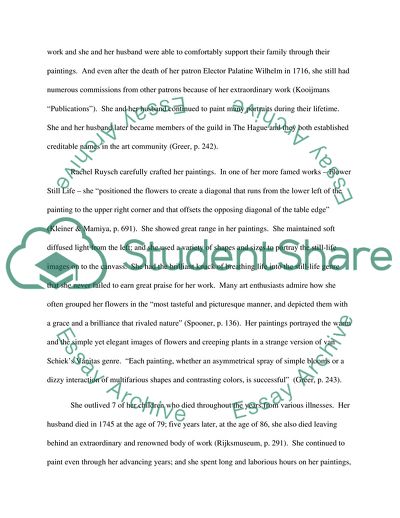Cite this document
(Art Appreciation: Rachel Ruysch & the Dutch Baroque Era Essay, n.d.)
Art Appreciation: Rachel Ruysch & the Dutch Baroque Era Essay. https://studentshare.org/culture/1725052-art-appreciation
Art Appreciation: Rachel Ruysch & the Dutch Baroque Era Essay. https://studentshare.org/culture/1725052-art-appreciation
(Art Appreciation: Rachel Ruysch & The Dutch Baroque Era Essay)
Art Appreciation: Rachel Ruysch & The Dutch Baroque Era Essay. https://studentshare.org/culture/1725052-art-appreciation.
Art Appreciation: Rachel Ruysch & The Dutch Baroque Era Essay. https://studentshare.org/culture/1725052-art-appreciation.
“Art Appreciation: Rachel Ruysch & The Dutch Baroque Era Essay”. https://studentshare.org/culture/1725052-art-appreciation.


